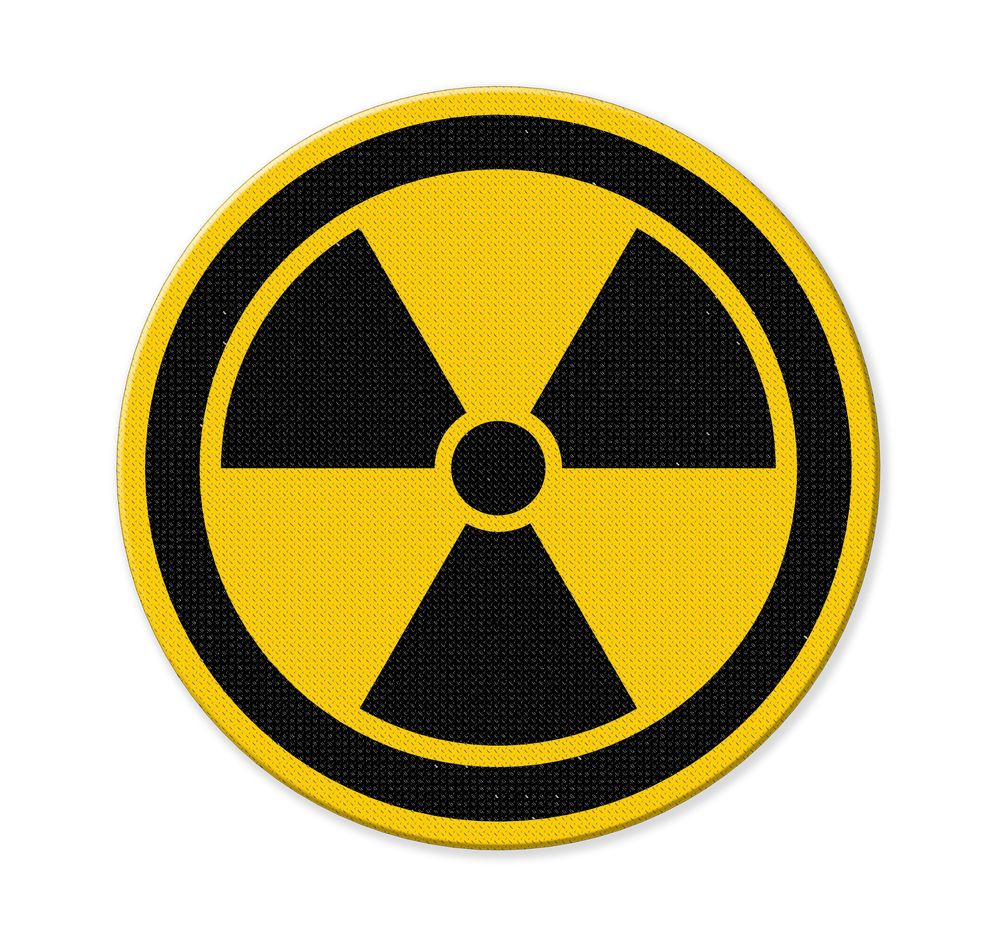Occupational Radiation Exposure: Serious Risks and Safety Solutions
Real world guidance to protect both you and your patients.

While the radiation doses utilized in image-guided procedures are generally considered low, recent studies have demonstrated significant effects of chronic low-dose radiation exposure to the procedural staff. Recent work demonstrated an alarming incidence of brain cancer, higher incidence of skin, thyroid, breast cancers and melanomas, higher incidence of stroke and atherosclerotic disease, increased risk of developing cataracts, decreased memory and verbal fluency, and a higher frequency of chromosomal abnormalities in those who performed fluoroscopically-guided interventional procedures compared to control groups.
The deleterious effects of radiation exposure are not only related to dose thresholds of specific exposures, but they are also a function of the cumulative doses over one’s lifetime exposure. These risks prompt increased awareness and education, improved radiation protection techniques, and further research efforts.
Robust radiation safety and risk reduction approaches are multi-faceted. It goes without saying that the ALRA (as low as reasonably achievable) principle is the cornerstone guiding rule. This means using intermittent fluoroscopy whenever possible, minimizing the pulse rate for standard fluoroscopy, minimizing the frame rate for digital angiography/digital subtraction angiography, collimating and avoiding magnification if feasible, and utilizing the “last image hold” function rather than obtaining new unwarranted images.
Next, capitalizing upon the nature and distribution of scatter radiation, which is the primary source of occupational exposure, further reduces one’s dose. This translates to stepping back as far as possible from the radiation source and angulating the tube towards the operator when oblique views are desired to avoid back scatter. Furthermore, utilizing shielding is the third effective strategy, and this approach includes personal aprons, caps, thyroid shields, eyewear, table shields, mounted side shields, and patient drape shields. Lastly, monitoring of the amount of radiation utilized, staff doses, and patient exposure rates utilizing personal dosimeter and equipment data is key to addressing any significant doses that were delivered.
In addition to protecting the procedural team, good radiation safety habits are good patient care. Minimizing fluoroscopy time and overall dose as reasonably achievable reduces patient exposure. Interestingly, techniques, such as collimation, actually improve image contrast and quality in addition to reducing the dose – an ultimate win-win situation. With the growth of both diagnostic imaging and imaging-guided procedures that require ionizing radiation, patient exposures have significantly increased at an alarming rate over the past three decades, and it is estimated that medical imaging contributed to 48 percent of the public’s radiation exposure in 2006 compared to only 15 percent in the 1980s.
For patients, the most concerning effects are due to direct radiation beam exposure, such as radiation skin burns, but rarer risks may potentially include cataracts and sterility. In addition to the previously discussed occupational radiation reduction techniques, additional approaches to reduce patient dose include using non-ionizing radiation for procedural guidance, such as ultrasound and MRI, as much as possible, maximizing pre-procedural imaging for planning to minimize procedural time, and avoiding unnecessary procedures.
Occupational radiation safety is critical for many reasons. It protects our proceduralists and staff, as well as our patients while also ensuring the patient receives the best care possible. Challenges, such as hardware costs, buy-in of institutional stakeholders, staff training, the heavy weight of shielding, and time to setup do exist, but education and awareness of the significant health risks, the benefits of appropriate protection, good habits, a culture of safety, and research efforts can overcome any barriers. The risks are real. The benefits are real. Radiation safety is both an occupational safety issue, as well as a patient care issue. It is not a luxury, and chronic low-dose radiation does matter. The time is now to prioritize radiation safety in our daily practice.
Mina Makary, M.D., is an interventional radiologist at Ohio State University Wexner Medical Center. He also serves on the Diagnostic Imaging Editorial Board. This article was co-written wth Nicholas Mannix, BS, a medical student at The Ohio State University College of Medicine.
The Reading Room Podcast: Emerging Trends in the Radiology Workforce
February 11th 2022Richard Duszak, MD, and Mina Makary, MD, discuss a number of issues, ranging from demographic trends and NPRPs to physician burnout and medical student recruitment, that figure to impact the radiology workforce now and in the near future.